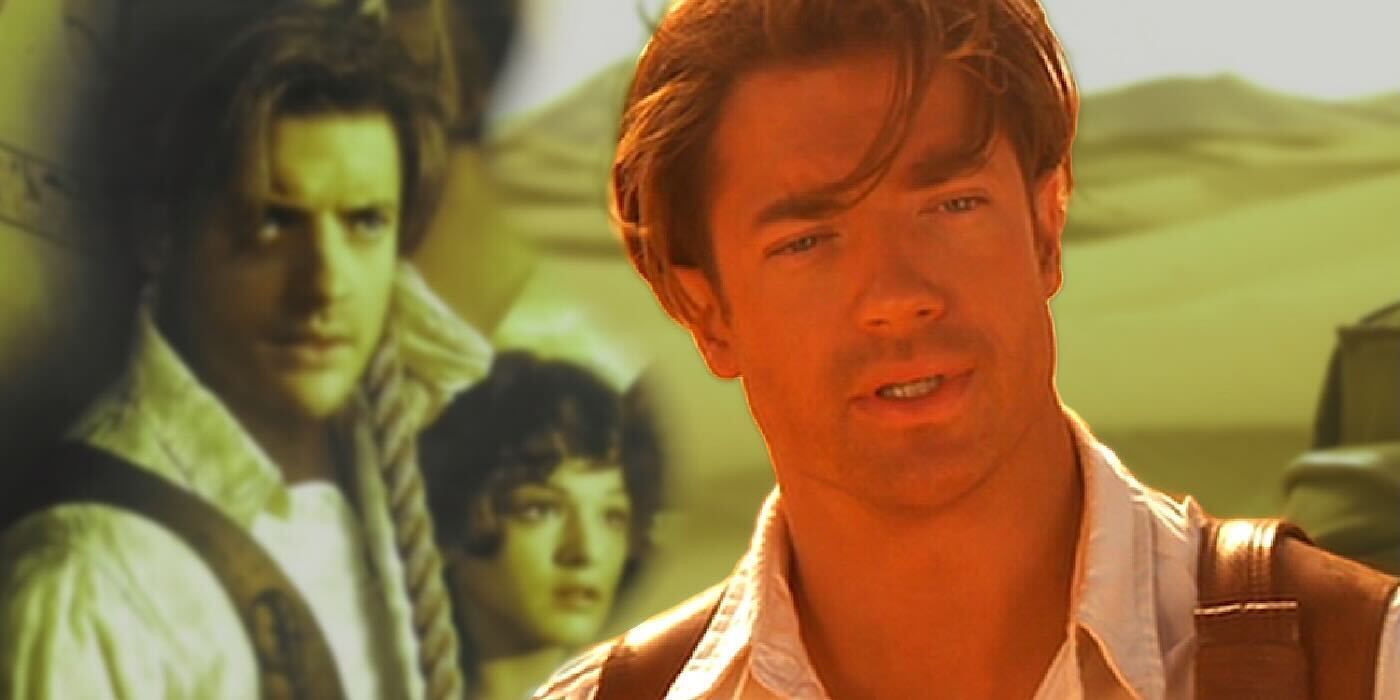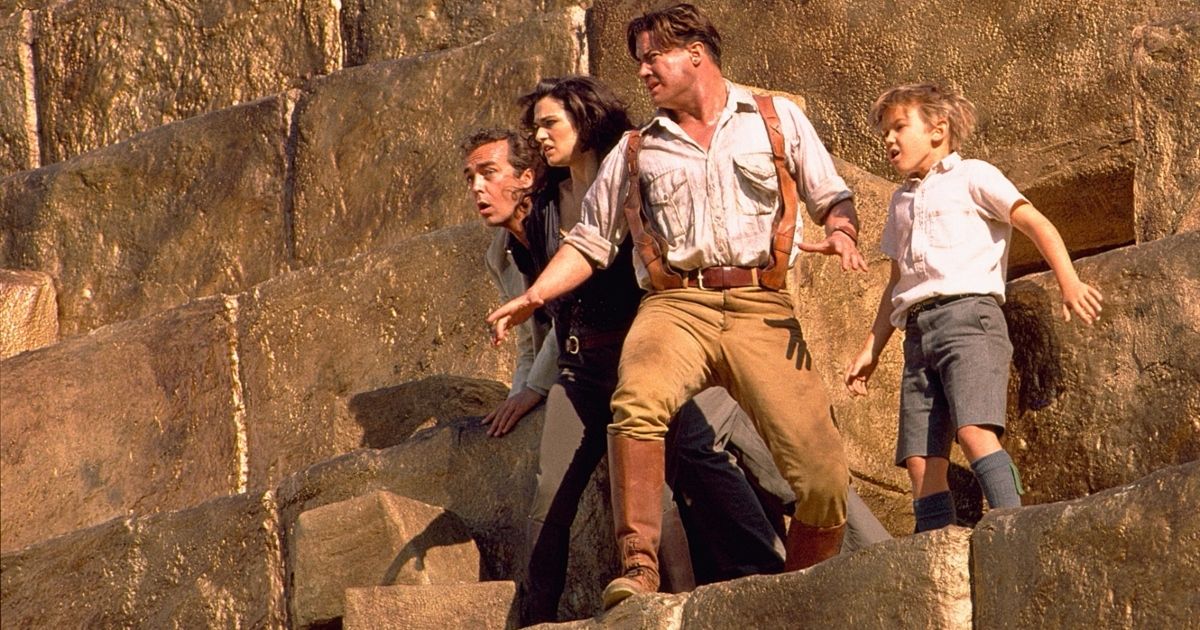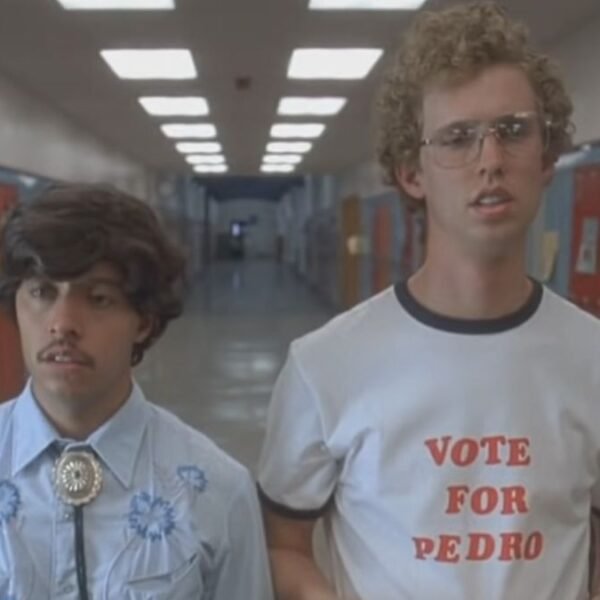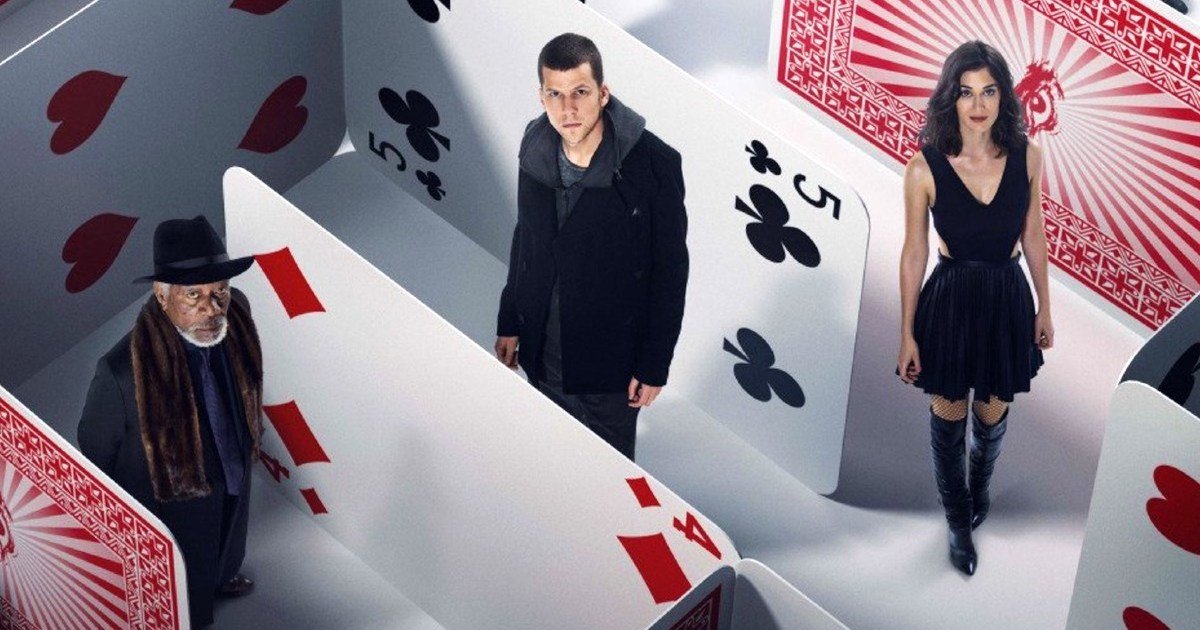Summary
- The Mummy
‘s 1999 reimagining faced development hell, including dark and violent takes from various directors like George Romero and Clive Barker. - Stephen Sommers eventually got the green light with an 18-page pitch, creating a leaner, faster, scarier action-adventure film with a romantic twist.
- The treacherous shoot in Marrakech, Morocco, involved snakes, sandstorms, and deadly bites, leading to health hazards and dehydration for the cast and crew.
It has been 25 years since Universal Pictures reimagined one of their big movie monsters as an Indiana Jones-inspired adventure tale. 1999’s The Mummy wasn’t a conventional take on the 1932 film of the same name, but its fresh spin resonated with viewers looking for a fun time at the movies. It was a mix of old-school sensibilities, a dash of horror, a heroic lead, and a stellar ensemble cast that allowed The Mummy to overcome mixed reviews and become one of the biggest hits of the year. However, success did not come easy for The Mummy, and there were many obstacles in its way that nearly prevented this relic from being resurrected.
Written and directed by Stephen Sommers, The Mummy serves as a remake of the 1932 Karl Freund classic, and it follows adventurer Rick O’Connell (Brendan Fraser) as he travels to Hamunaptra, the City of the Dead. Joining him on this journey are spunky librarian Evelyn Carnahan (Rachel Weisz) and her older brother Jonathan (John Hannah).
During their trek, they discover the mysterious Book of the Dead. After Evelyn reads from the book, she accidentally awakens the mummified Imhotep (Arnold Vosloo), a cursed high priest with supernatural powers who mistakes Evelyn for his former love, Anck-su-namun (Patricia Velasquez). Rounding out the ensemble cast is Kevin J. O’Connor as Beni Gabor, Jonathan Hyde as Dr. Allen Chamberlain, Oded Fehr as Ardeth Bay, and Erick Avair as Dr. Terence Bey, among others.
The Mummy Went Through Development Hell and Many Different Takes
Before The Mummy’s 1999 resurrection, the project fell victim to development hell that went back to the 1980s. Producers James Jacks and Sean Daniel first decided to update the 1932 film during this period but were told by Universal Pictures it could only be done if they kept the budget at a tight $10 million. The intent was to make it a low-budget horror franchise, especially given that horror films were massive in the ’80s.
One of the first people attached to direct a take was the king of the zombies himself, George A. Romero, who wrote a film treatment for the project in 1987. Abbie Bernstein was brought on to flesh out the script and was told by Universal that they wanted an unstoppable Mummy who was closer in character to the Terminator.

Brendan Fraser’s The Mummy Sets 25th Anniversary Re-Release in Cinemas
The Mummy will bring Brendan Fraser’s 1999 action-adventure back to the silver screen for its silver anniversary.
Bernstein’s story takes place in the present day and involves a group of scientists who inadvertently bring the mummy to life. Once resurrected, the mummy wanted to use an ancient device to destroy all life on Earth and, as Berstein described it, “The Mummy had no more social interaction than the Tyrannosaurus did in Jurassic Park.” There wasn’t much depth to the character, and eventually, Romero slowly departed the project, and Bernstein’s script was ultimately trashed.
Next in line as a potential choice to helm the project was Clive Barker, citing the success that the director had with his feature film debut, Hellraiser. Barker’s treatment and a subsequent 1991 screenplay by Mick Garris were described as very dark and violent and featured a story that focused on an art museum that rebuilds an entire Egyptian tomb in Beverly Hills. The producers thought that Barker’s take would’ve made for a great low-budget horror film, but the concept was viewed as too weird, violent, and highly sexualized by the studio. Yet again, another treatment was dropped.
Even more takes were considered by different writers and directors. Joe Dante was on board at one point and even pitched having Daniel Day-Lewis play a more brooding version of The Mummy, but Universal rejected the idea because the budget was too high. In 1994, Romero came back with a take that was inspired by his very own Night of the Living Dead, but Universal rejected that pitch because, much like Barker’s, it was too dark and not accessible to the masses.
Many misfires happened well into 1995, but Universal Pictures was still determined to get The Mummy made. In 1996, the studio hired Kevin Jarre to write a new screenplay, and suddenly, the studio’s executives were ready to spend the money on the project. They all agreed on making it a larger-budget period piece, likely due to new people being in place at the studio, and that’s when the film’s future director, Stephen Sommers, approached the studio with his pitch for The Mummy, describing it “as a kind of Indiana Jones or Jason and the Argonauts with the mummy as the creature giving the hero a hard time.”
Sommers’ pitch wasn’t picked up right away, but the studio was motivated to have a big hit following the box office disappointment of the sequel, Babe: Pig in the City. During this period, management at Universal shifted hands due to recent box office misfires, and these financial disappointments made the studio look into revisiting some of its successful franchises from the 1930s.
Sommers returned with his pitch to Universal that included an 18-page treatment. Sommers’ expanded treatment imagined the project as a romantic action adventure with horror elements. He also wanted to make his movie monster leaner, faster, and scarier, a bit of a departure from the bandaged mummy of the original films. Sommers was clear that he did not want to simply make a beat-for-beat remake of the original movie, even though it would be a story with a period setting. The concept of the movie taking place during modern times was abandoned, and unlike the times before when the studio was tight with money, Universal approved his idea and increased the film’s budget to $80 million. Finally, the new take on The Mummy was off the ground.
The Mummy Was a Very Treacherous Shoot
Shooting on The Mummy lasted for 17 weeks and began in Marrakech, Morroco. It was ultimately decided to use this location instead of Egypt because of the unstable political conditions in the area at the time of filming. Even though the shoot was free of political strife, the cast and crew instead had to deal with snakes, sandstorms, severe dehydration, and other forms of sickness that impacted the film on a near-daily basis. One stunt that nearly went wrong, according to Fraser, almost killed him when his character was getting hanged in prison.
“I did get fully choked-out. It was scary. Rick is dangling at the end of the rope, and he’s such a tough guy that his neck didn’t snap. We did the wide shot, which was the stuntman going down, and he had a harness on, and it looked great. Then they’ve got to go in for a close-up. There was a hangman’s gallows, and there was a hemp rope tied into a noose that was placed around my neck,” Fraser explained.
“The first take, I’m doing my best choking acting. Steve says, ‘Can we go for another one and take up the tension on the rope?’ I said, ‘All right, one more take.’ Because a noose around your neck’s going to choke you in the arteries, no matter what. So, the stuntman took up the tension on the rope, and I went to the balls of my feet, then I guess he took the tension up again, and I’m not a ballerina, I can’t stand on my tip-toes,” he added.
“I remember seeing the camera start to pan around, and then it was like a black iris at the end of a silent film. It was like turning down the volume switch on your home stereo, like the Death Star powering down. I regained consciousness and one of the EMTs was saying my name.”
Critters were also a common occurrence on set. Crew members were frequently bitten by native spiders and insects of the region, which required immediate medical attention because many of them were very poisonous. It became commonplace for members of the crew to be airlifted via helicopter to nearby hospitals to be treated for bites and even stabs incurred by scorpions. Needless to say, this was not an easy shoot for the crew.



The Mummy Returns Cast: Where They Are Today
This is a look at what The Mummy Returns’ cast has been up to following the movie’s release.
Dehydration also became a battle due to the intense heat of the Sahara. This affected the cast and crew to the point that the production’s medical team created a special drink they had to consume every two hours. The drink in question was water mixed with sugar and salt since straight water would not be enough to hydrate in the location’s considerable heat. Other harrowing conditions included sandstorms and having the official support of the Royal Moroccan Army, which allowed the cast members to have kidnapping insurance taken out of them… just in case.
Following a treacherous shoot, the film had to deal with another lethal threat: test audiences. When The Mummy was initially tested, the film’s title was received poorly because it brought up negative impressions of the 1932 film. Not to be deterred, and with enthusiasm for the project being considerably low, Universal Pictures gambled on buying a $1.6 million Super Bowl spot, and that first look reversed the film’s expectations. To give The Mummy a bigger shot at box office gold, the movie was shifted from May 21 to May 7 to move it away from Star Wars: Episode 1 – The Phantom Menace.
The move ultimately paid off when The Mummy opened to a surprisingly robust $43 million, marking the highest non-holiday May opening at the time. By the end of its run, the film grossed over $155.4 million domestically and a staggering $416.4 million worldwide, making it one of the biggest hits of 1999. Reviews were mixed at 61% on Rotten Tomatoes, but the crowd-pleaser Sommers sought to make resonated with casual moviegoers looking for a good time at the movies.
Considering all the starts and stops encountered by the film, it’s a feat that The Mummy ultimately spawned a franchise. What can be learned from the making of The Mummy all these years later is that sometimes it’s not best to go with the first idea that’s thrown out on the table. Without giving this project time to develop, moviegoers would’ve been without one of the best action-adventure films, proving that even the oldest relics can rise again and succeed. The Mummy is available to stream now on Tubi.



















I used to be suggested this website through my
cousin. I’m now not sure whether this submit is written by him
as no one else recognize such exact about my trouble.
You are incredible! Thank you!